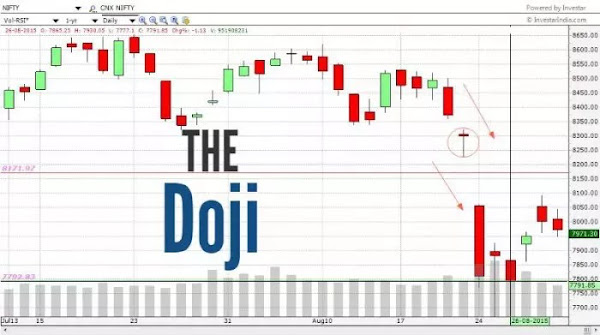The Best 29 Technical Analysis Doji Candlestick Patterns - Doji candlesticks may be interpreted as reversal or continuation patterns. When used in conjunction with other patterns or as part of confluence areas, they communicate an even more striking statement. For instance, the chart below illustrates two regions where the price encountered support, and then resistance. A Doji Candlestick Pattern is a candlestick pattern that demonstrates the market's uncertainty or apathy toward a trend. When this pattern coincides with the market's broader trend, it is considered dependable. When the pattern is formed, it is composed of two distinct candles. The Doji (or "Dragonfly") and the Kumo are the two (or "Cloud").
A Neutral Doji candlestick pattern is a tiny candlestick pattern. The stock opens and closes at the high and low of the day. When buying and selling activity is balanced, this pattern emerges. The preceding The Doji candlestick pattern develops when the open and closing prices of a market are almost identical. What causes the formation of a Doji candlestick pattern? When the market starts, this candlestick is produced when optimistic traders drive prices upward, while bearish traders reject the higher price and push it back down.
Gravestone Doji candlestick patterns indicate a negative price pattern with a high probability of reversal, resulting in a market slump. Gravestone Doji patterns are a buy indication (on long positions) or a sell signal (on short positions) based on the assumption of an impending downturn. In comparison to the Dragonfly Doji, the dragonfly doji is a candlestick pattern that stock traders use to indicate the impending occurrence of a price reversal. Depending on recent market behavior, this price reversal might occur in the near future.


















